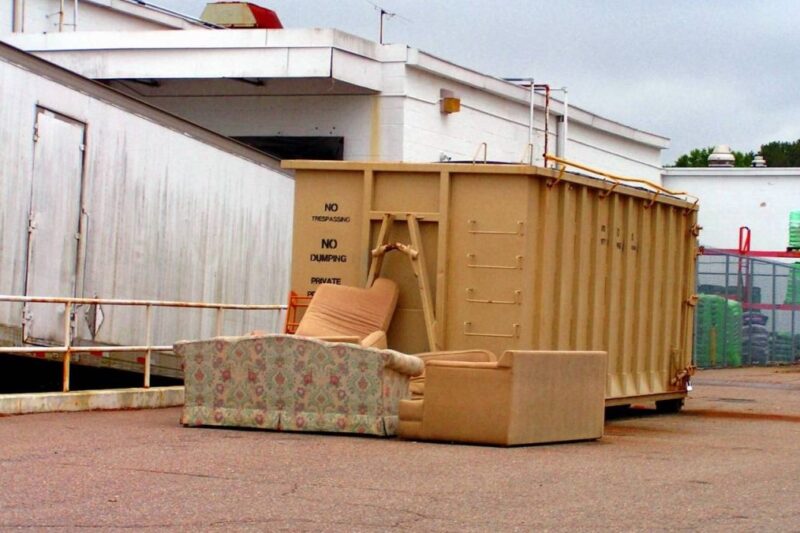Renting a dumpster can be a game-changer for various projects, but selecting the right size is crucial for efficiency and cost-effectiveness.
This comprehensive guide will help you determine when you need a dumpster and how to choose the perfect size for your project.
When Do You Need to Rent a Dumpster?
Before diving into sizes, let’s consider scenarios where renting a dumpster is beneficial:
- Home renovations ─ Any significant remodeling project, such as kitchen or bathroom renovations, typically generates more waste than your regular trash service can handle.
- Roofing projects ─ Replacing a roof creates a large amount of debris quickly.
- Major cleanouts ─ Emptying an attic, basement, or entire house often requires a dumpster.
- Landscaping overhauls ─ Large-scale yard work can produce more green waste than you might expect.
- Construction projects ─ New builds or major additions almost always require on-site waste management.
- Estate cleanouts ─ Clearing out a deceased relative’s home often involves disposing of large quantities of items.
- Moving ─ When downsizing or decluttering before a move, a dumpster can be invaluable.
- Disaster cleanup ─ After floods, fires, or storms, a dumpster is often necessary for debris removal.
- Commercial renovations ─ Businesses undergoing renovations or relocations typically need larger waste disposal solutions.
- Community clean-up events ─ For neighborhood or city-wide clean-up initiatives, dumpsters are essential.
Understanding Dumpster Sizes
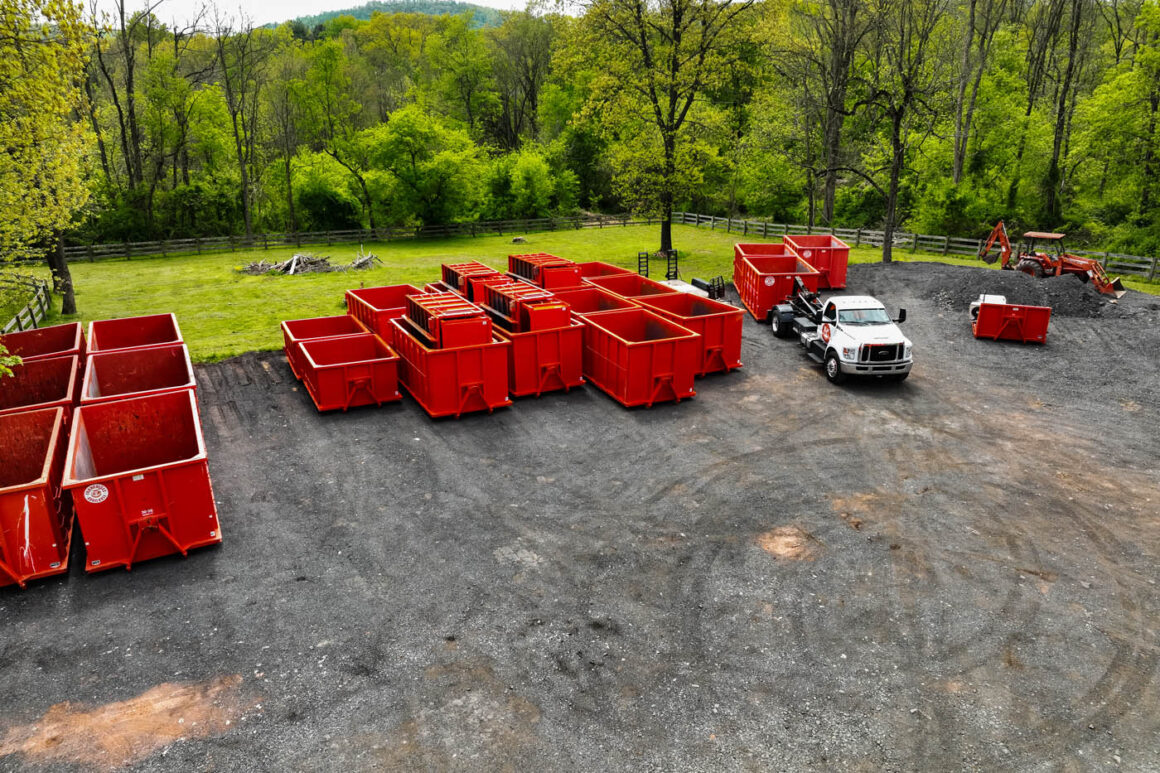
Dumpsters typically come in four main sizes, measured in cubic yards:
- 10-yard dumpster ─ Dimensions typically 12′ L x 8′ W x 3.5′ H
- 20-yard dumpster ─ Dimensions typically 22′ L x 8′ W x 4′ H
- 30-yard dumpster ─ Dimensions typically 22′ L x 8′ W x 6′ H
- 40-yard dumpster ─ Dimensions typically 22′ L x 8′ W x 8′ H
To visualize:
- A 10-yard dumpster can hold about 3 pickup truck loads of debris.
- A 20-yard dumpster is equivalent to about 6 pickup truck loads.
- A 30-yard dumpster can contain approximately 9 pickup truck loads.
- A 40-yard dumpster holds about 12 pickup truck loads.
Detailed Project Assessment
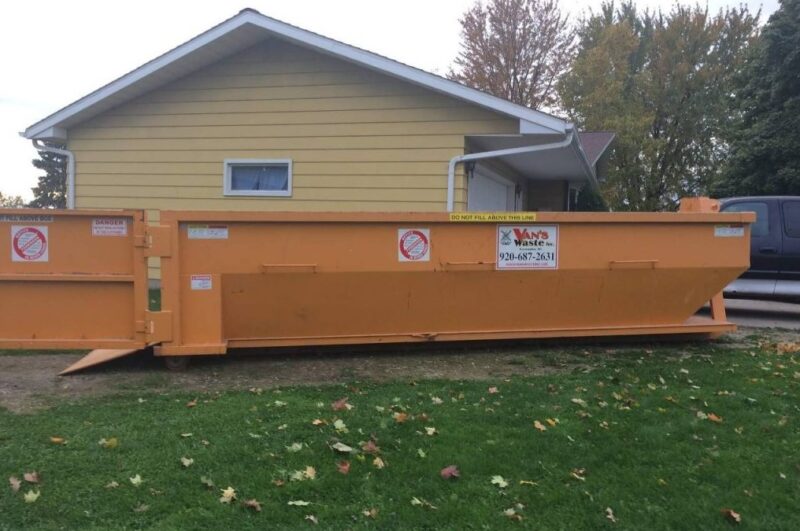
Different projects typically require different dumpster sizes:
1. Small Cleanouts or Minor Renovations (10-yard dumpster)
- Single room remodel
- Small deck removal
- Garage or basement cleanout
- 250 square feet of carpet or flooring removal
2. Medium Home Remodels or Large Cleanouts (20-yard dumpster)
- Kitchen or bathroom remodel
- Whole-house flooring replacement
- Large deck removal
- Small roof replacement (1,500 sq ft or less)
3. Major Home Additions or New Construction (30-yard dumpster)
- Full home renovations
- Large-scale landscaping projects
- New home construction
- Commercial remodeling
4. Commercial Projects or Large-Scale Demolitions (40-yard dumpster)
- Major commercial renovations
- Large home demolitions
- Industrial site cleanups
- Large-scale construction projects
Calculating Your Waste Volume
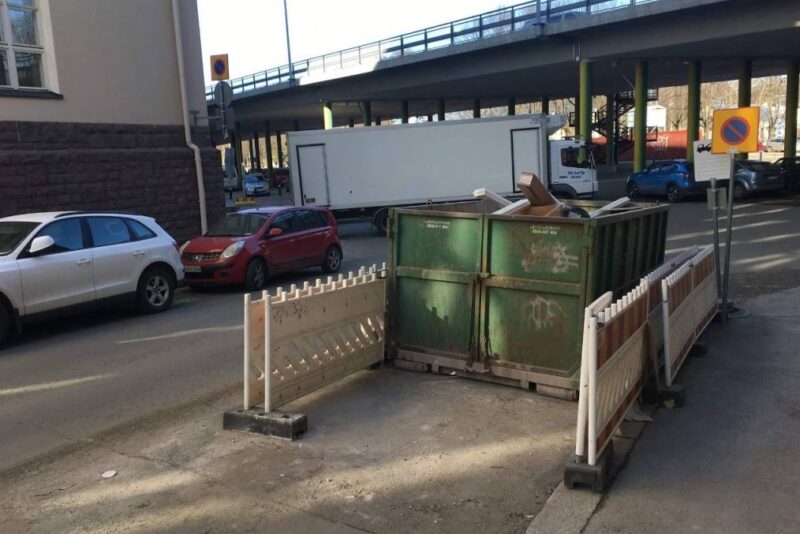
To estimate your waste volume more accurately:
1. For general debris
- Estimate the number of pickup truck loads you’ll generate.
- Multiply this by 3 to get the cubic yards needed.
- Example ─ If you estimate 4 truck loads, you’ll need a 12-yard dumpster (4 x 3 = 12).
2. For specific materials
- Concrete/Asphalt ─ 1 cubic yard ≈ 1 ton
- Soil ─ 1 cubic yard ≈ 1.5 tons
- Construction debris ─ 1 cubic yard ≈ 500 pounds
- Household junk ─ 1 cubic yard ≈ 200-300 pounds
3. For roofing projects
- Measure your roof area in square feet.
- Divide by 100 to get the number of “squares” (roofing term).
- Each square typically produces 60-80 pounds of debris.
- Example ─ A 2,000 sq ft roof = 20 squares = 1,200-1,600 pounds of debris.
Space Constraints and Placement
Consider these factors when choosing a dumpster size:
- Available space ─ Ensure you have enough room not just for the dumpster, but for the delivery truck to maneuver.
- Surface strength ─ The dumpster will be heavy when full. Ensure your driveway or chosen location can support the weight.
- Permit requirements ─ Some areas require permits for dumpster placement, especially on public streets.
- Accessibility ─ Ensure the dumpster is easily accessible for loading throughout your project.
Weight Limits and Material Types
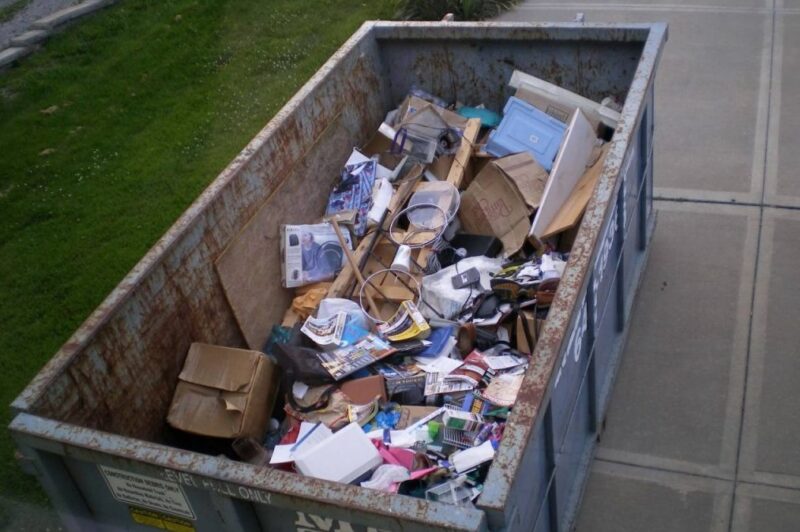
Each dumpster size has a weight limit. Exceeding this can result in additional fees. Consider these points:
- Heavy materials like concrete, dirt, or roofing shingles may require a larger dumpster even if the volume is small.
- Mixed loads (a combination of light and heavy materials) can be tricky. Consult with the rental company for advice.
- Some materials may be prohibited or require special handling, such as hazardous waste, electronics, or appliances.
Tips for Accurate Sizing
- Always round up ─ Having slightly too much space is better than not enough.
- Consider debris type ─ Bulky items like furniture take up more space than compact debris.
- Account for unexpected waste ─ Projects often generate 10-20% more debris than initially estimated.
- Consult the rental company ─ They have experience and can provide valuable advice based on your specific project.
- Check local regulations ─ Some areas have restrictions on dumpster sizes or placement.
- Consider multiple smaller dumpsters ─ For long-term projects, it might be more efficient to use several smaller dumpsters over time rather than one large one.
When in Doubt, Size Up
If you’re torn between two sizes, it’s generally better to choose the larger option. The cost difference is often minimal compared to the potential expense and hassle of needing a second dumpster or additional pickups.
Final Thoughts
Choosing the right dumpster size involves carefully assessing your project type, estimating waste volume, and considering practical constraints. By thoroughly evaluating these elements, you can select a dumpster that meets your needs efficiently and cost-effectively.
Remember, when in doubt, consult with your rental company for expert advice tailored to your specific situation. With the right dumpster, you’ll be well-equipped to handle your waste management needs, keeping your project on track and your site clean and organized.
